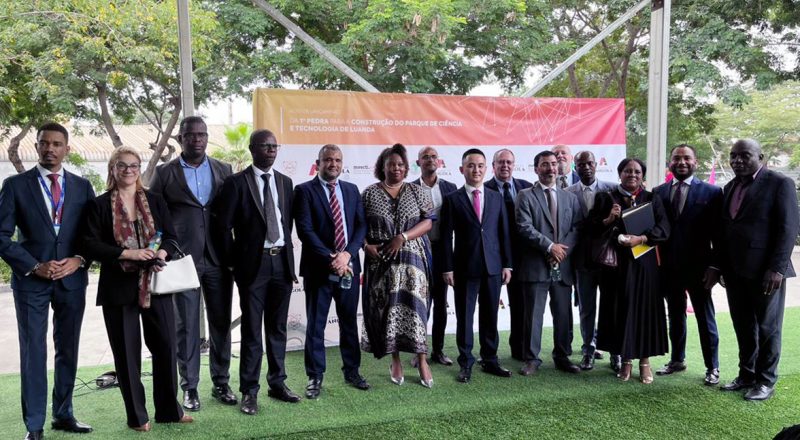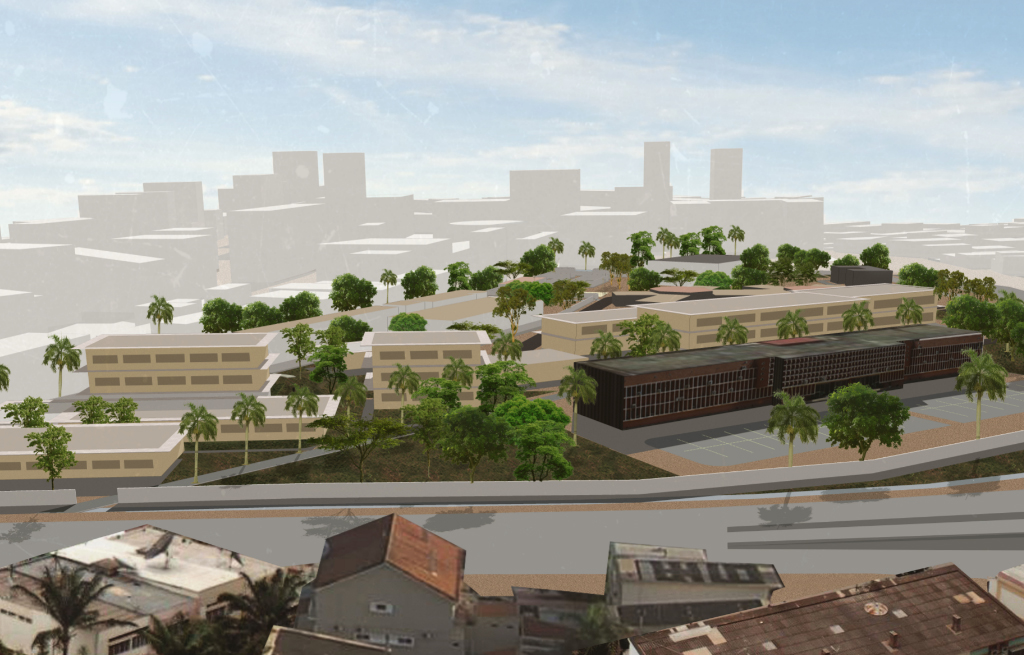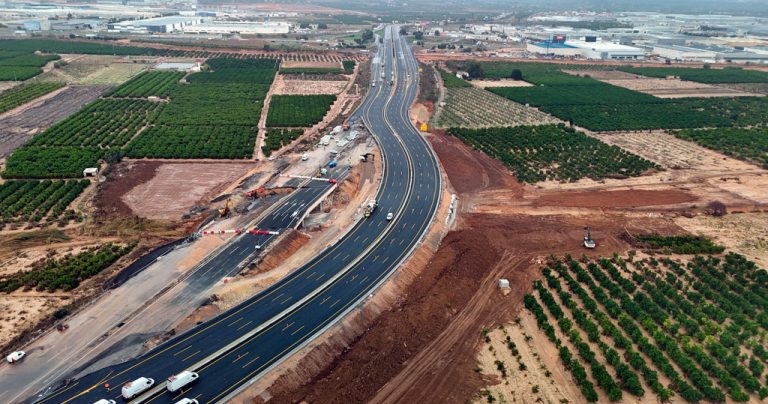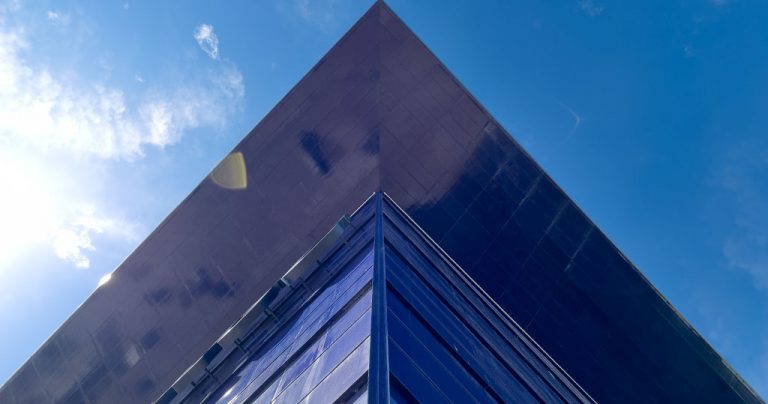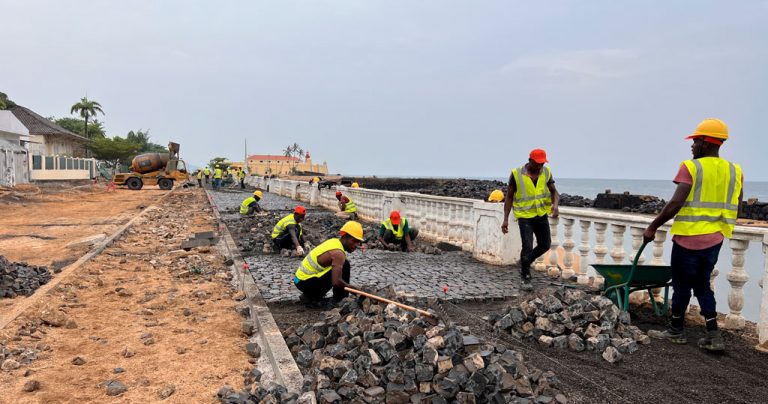The Angolan Ministry of Higher Education, Science and Innovation engaged TYPSA to develop a Science and Technology Park located on a 70,000 m² plot in the centre of Luanda. The plot is currently badly neglected and historic Portuguese modernist architecture stands alongside buildings of little architectural interest as well as a number of slums and substandard housing.
This development will regenerate the area, giving it an air of modernity through up-to-date construction and refurbishment design concepts and urban planning criteria. The plot will come into a class of its own as a landmark in the country and in surrounding sub-Saharan Africa.
The proposal radically changes the interface with the existing communication network and seeks to improve utility infrastructure, transforming the space into a driver for regional economic development. A previously developed business plan studied the city’s poles of attraction, the needs of companies wishing to relocate and future demand in terms of occupancy, which served to define the building typology, the architecture and uses, achieving maximum design efficiency for the new Park.
By implementing environmentally friendly resources, using alternative energy and controlling its use, and selecting low emitting materials at the design stage, the Park will not only support but lead a technological revolution in the area.
TYPSA is in charge of the entire Park design, which includes the refurbishment of existing buildings, proposals for new builds and adaptive reuse in some cases tailored to future demand.
One of the most prominent is the refurbishment of the National Centre for Scientific Research (CNIC), a 3,080 m² building of mid-twentieth century Portuguese colonial architecture which will become a first-class regional research centre. Its design, made with brise-soleil solar protection technique of rigid materials on its salmon-colored facades, is typical of the time, as can be seen in other buildings scattered around the capital.
After the design stage was completed, the ground-breaking ceremony took place on March 10th, with the attendance of government officials from Angola, a representative from the Chinese embassy in the country due to the contractor’s nationality, and representatives from the consortium formed by TYPSA and Eng. Consult who are responsible for the design and construction supervision of the complex until its completion in 2025.
